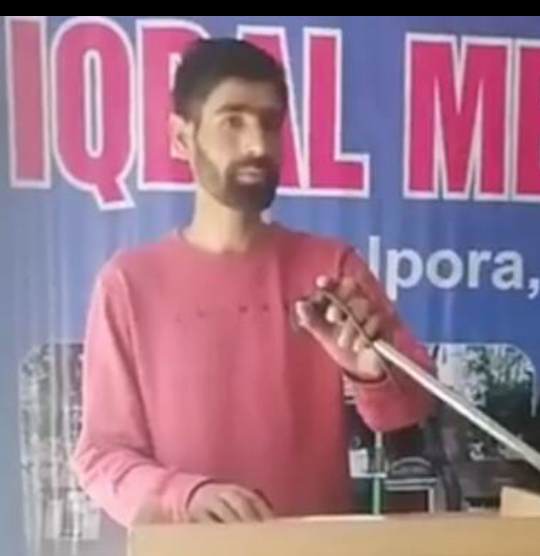Wrinkles poem class 8th english question answer
In this post I have covered Summary Questions & Answers in a very lucid language so that you can get high marks in the examination.
Summary
The poet ‘Arvind Krishna Mehrotra’ tolds about the sacrifices of mothers for their children. The title of the poem ‘wrinkles’ is symbolical of the sufferings of a mother right from her childhood till she grows up, is married and then becomes a mother. A mother makes sacrifices for the well-being of her children. The poet in the poem has begin to notice the wrinkles on his mother’s face and he intends to iron out these wrinkles. The poet summons the courage to tell his mother of the first wrinkle which she developed owing to her father who pulled her out from the backyard of his house only to place her in the courtyard of her in-laws. She got the second wrinkle at the time when the poet was developing in her womb. The third wrinkle became apparent owing to the suckling of the poet which wore away the attractiveness of his mother’s face. The fourth wrinkle was caused when the poet got married to a girl who tore him away from his mother. The poet is ashamed of himself for being apathetic. He now picks up the courage to ask his mother for the girl who she has concealed under the folds of her skin. The poet then continues to say about this girl. He says it is the same girl who was suppressed but who would celebrate the raade festival with complete pleasure. It is the same girl who would love to play hopscotch and the game of pebbles.
In the last stanza, the poet earnestly requests his mother to become the same girl who she was before her marriage. He further tells her that he would bring everything that she would enjoy herself with, only to see her smiling and enjoying the life in full.
WORKING WITH THE TEXT
Q1. How many wrinkles does the poet find on the mother’s face?
Ans: The poet finds four wrinkles on his mother’s face.
OR
If we read the poem carefully, we will see that the poet has used the word “Wrinkles” four times and “wrinkles” two times. So we say that the poet has found four wrinkles on the mother’s face. Since the poet has written the last wrinkle as suppression, so there may be five wrinkles on the mother’s face.
Q2. What does the first wrinkle represent?
Ans: The first wrinkle on the face of the poet’s mother represents the pain that she had at the time of departure from her parents’ home after her marriage.
OR
The first wrinkle represent the marriage of his mother, when her father got her married and she was separated from her birth home to another’s home when she had to live entire life with un known person.
Q3. What do the second and the third wrinkle represent?
Ans: The second wrinkle represents the suffering that the mother went through when poet was in her womb. The third wrinkle represents the motherly love and care that the mother gave to her son when he sucked from her breast.
Or
Second wrinkle represent the time when the child not born and was in the womb of her mother growing there by sucking every drop of blood in the womb of mother’s food.
The third wrinkle represent the time when he sucked the attractiveness of her face by sucking her milk from the breasts.
Q4. What is the poet seeking under the wrinkles of the mother?
Ans: The poet is seeking under the wrinkles of the mother the girl that she used to be before her marriage.
Q5. What are the activities the poet’s mother used to do when she was a girl?
Ans: The poet’s mother used to celebrate Raade festival with fondness. She used to go to the banks of river Tawi to immerse Raade seedlings and bath during Navaratras. She liked to play hopscotch and the game of pebbles.
Q6. How does the poem end?
Ans: The poem ends on a hopeful note. The poet promises his mother to bring her everything which she used to enjoy before her marriage. He says that he will bring colours for Raade, tinsel for her dupatta, the colourful pebbles from across the river Tawi. He urges his mother to become the same girl that she used to be before her marriage.
Poetic Devices:
1. Visual Imagery:-This type of imagery stimulates our sense of sight and creates visual images in our mind.
Examples from the poem:-
a. Wrinkles on your face.
b. When your father uprooted you
c. Colors of Raade
d. Tinsel for your dupatta
e. Colorful pebbles
Kinesthetic Imagery:-It stimulates images of motion in our mind. Examples from the poem:-
a. Uprooted you
b. Who played hopscotch
c. Games of pebbles.
d. Bath during the Navaratras.
...........................................................
Drop Your Comments Below





If you have any doubt please let me know